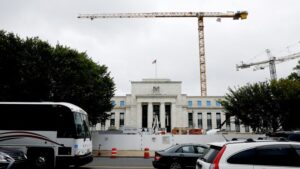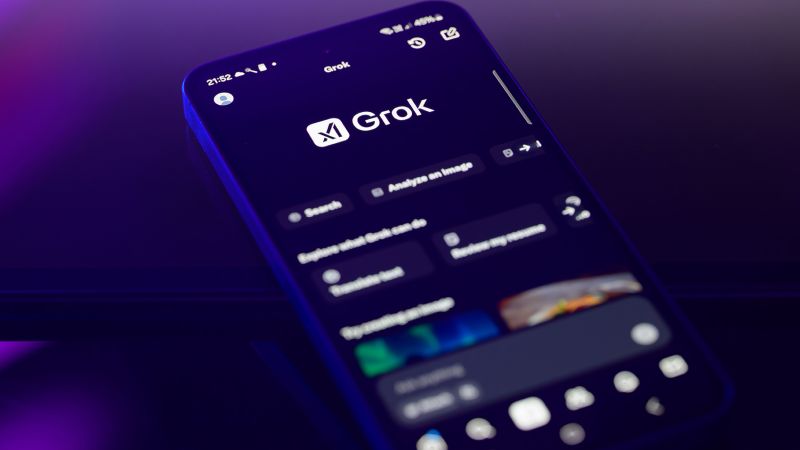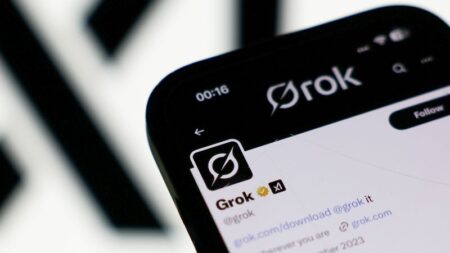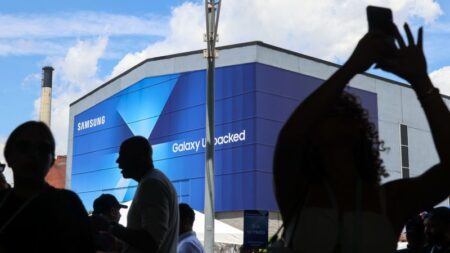On Monday, xAI, the artificial intelligence startup founded by Elon Musk, introduced its latest iteration of the Grok AI model, known as Grok 3. This update signifies Musk’s ambition to remain competitive within the swiftly evolving landscape of AI technology where other giants such as Google, OpenAI, and Anthropic are already making significant advancements. The unveiling took place during a live-streamed event hosted on Musk’s platform, X, where the company representatives claimed that Grok 3 outperformed its rivals, including Google’s Gemini and OpenAI’s advanced GPT-4o, across a variety of benchmarks encompassing math, science, and coding.
Notably, the claims regarding performance superiority remain somewhat ambiguous, especially concerning Grok 3’s direct comparisons with leading models like OpenAI’s o3-mini and DeepSeek’s R1. During the event, xAI also showcased new key features integrated into Grok 3, such as a sophisticated web search capability branded as “deep search.” Furthermore, the model offers users an innovative option to program online games and includes a “big brain” mode designed to tackle more intricate problems.
Grok 3 is currently accessible to subscribers of X’s $40-per-month “Premium+” plans, as well as those who opt for a direct subscription via the Grok app or its official website. This strategic move by Musk’s company reflects a broader trend in the tech industry, as competition intensifies between players striving to elevate their AI capabilities. Revenue and investment activities are gathering momentum, with tech behemoths ramping up their infrastructure to develop more formidable and complex models.
The announcement of Grok 3 arrives at a time when American tech companies face new competitive pressures from international firms, particularly DeepSeek – a Chinese startup that has recently made a splash with its R1 model. The launch of R1 has spurred discussions about the efficiency of AI training processes and has drawn attention to the potential inadequacies of Silicon Valley’s AI investments. Musk indicated that impressive computational power was a focus in developing Grok 3, noting that it utilizes ten times the processing capabilities of its predecessor, Grok 2, following the establishment of a new data center in Tennessee last year.
While Musk adorned Grok 3 with high expectations, describing it as “kind of a beta” test, he acknowledged that users might encounter some initial flaws. His commitment to enhancing the model swiftly reflected the startup’s determination to refine its technology continuously. Adding to the features of Grok 3, Musk hinted at a potential “voice mode,” which would enable conversational interactions similar to those found in competitive offerings like ChatGPT. This feature is projected to be available in the coming days, marking another stride in making Grok 3 user-friendly and versatile.
In addition to these technical developments, Musk has been actively involved in a broader strategy to expand his influence within the AI sector. Appointing himself as a “special government employee” while engaging with federal government matters under President Donald Trump, he has positioned himself at the confluence of technology and policy. Recently, Musk even led a group of investors in a bold attempt to acquire OpenAI, putting forth a staggering offer of $97 billion. However, Musk’s efforts faced resistance, as the board rejected his bid.
Underlying these maneuvers was Musk’s fractious relationship with the leadership of OpenAI, particularly CEO Sam Altman. Musk’s criticism points to concerns that OpenAI has diverged from its noble mission, particularly with the decision to transition from a nonprofit structure. With the aim of steering OpenAI back toward its foundational goals, Musk has advocated for more transparency in the form of open-source technology.
When queried about the potential for open-sourcing xAI’s models, Musk responded that the code for Grok 2 would become publicly available once Grok 3 reaches a stage deemed “mature and stable” in the forthcoming months. This pledge reaffirms his commitment to transparency and democratizing access to advanced AI technology in the competitive landscape.











